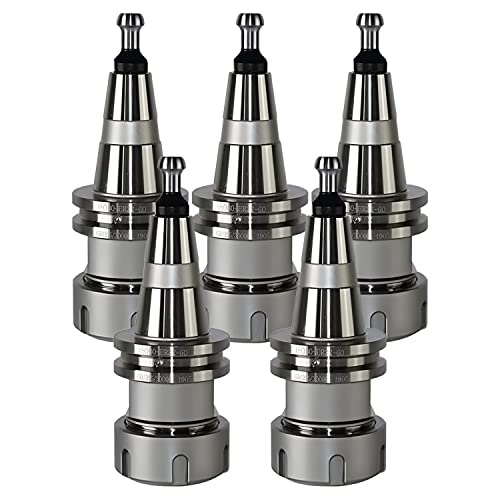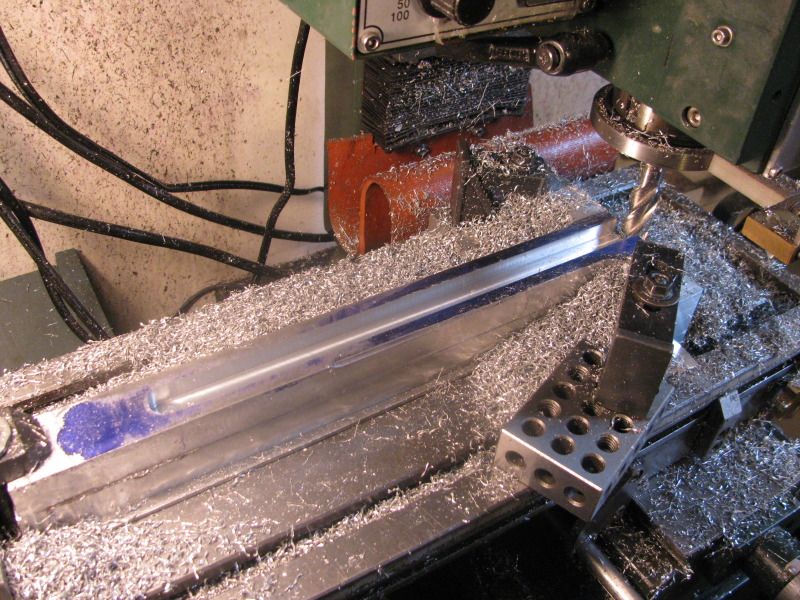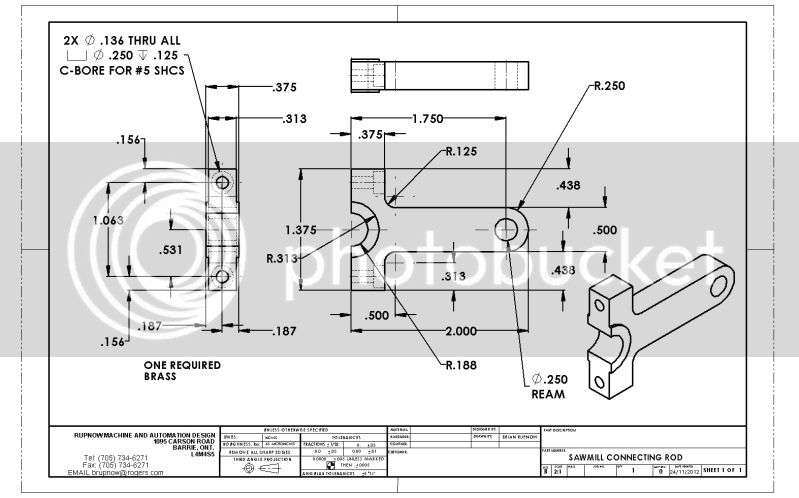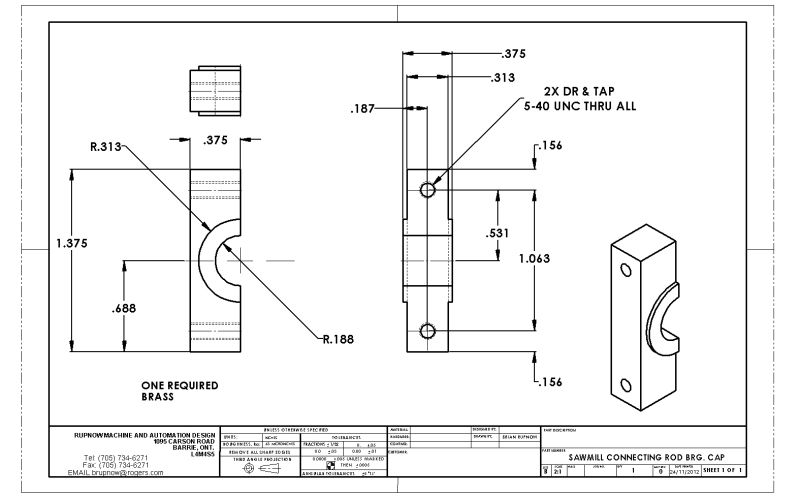I need to know something. I have read a number of conflicting opinions related to carriage advance and sawstroke timing. My plan all along has been to have the carriage advance while the saw is moving down in its cutting stroke, and to "pause" while the saw is moving up on its non cutting stroke. Last night I read the exact opposite on a website. This isn't a big problem for me to change, as the eccentric wheel is only attached to the main "crankshaft" with a setscrew and can easily be rotated 180 degrees out of phase. On another website, I read that the two main columns which the saw frame slides up and down in are tilted in the direction of carriage travel towards the sawblade at the top, by a number of degrees. The theory here is that as the saw is travelling up on the non cutting stroke, the angle of the support columns/guides causes the log to move away from the cut, and that the carriage advances during this upward travel of the saw. Then when the saw travels down on its cutting stroke, the carriage pauses and the saw cuts into the log on its downstroke due to the angle of the support columns.----This is something which I can not easily change "after the fact", without tilting the main columns and having things look a bit goofy. (If I was going to use this last approach, I would leave the columns vertical and cut the internal guide slot on an angle). Any advice would be greatly appreciated, as I hope to finish those columns today.----Brian





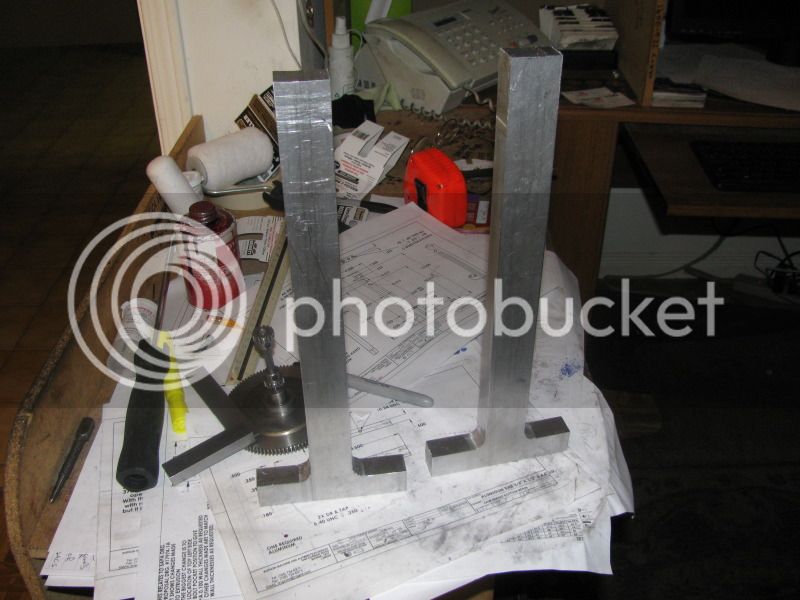






















![TurboCAD 2020 Designer [PC Download]](https://m.media-amazon.com/images/I/51UKfAHH1LL._SL500_.jpg)




![DreamPlan Home Design and Landscaping Software Free for Windows [PC Download]](https://m.media-amazon.com/images/I/51kvZH2dVLL._SL500_.jpg)

